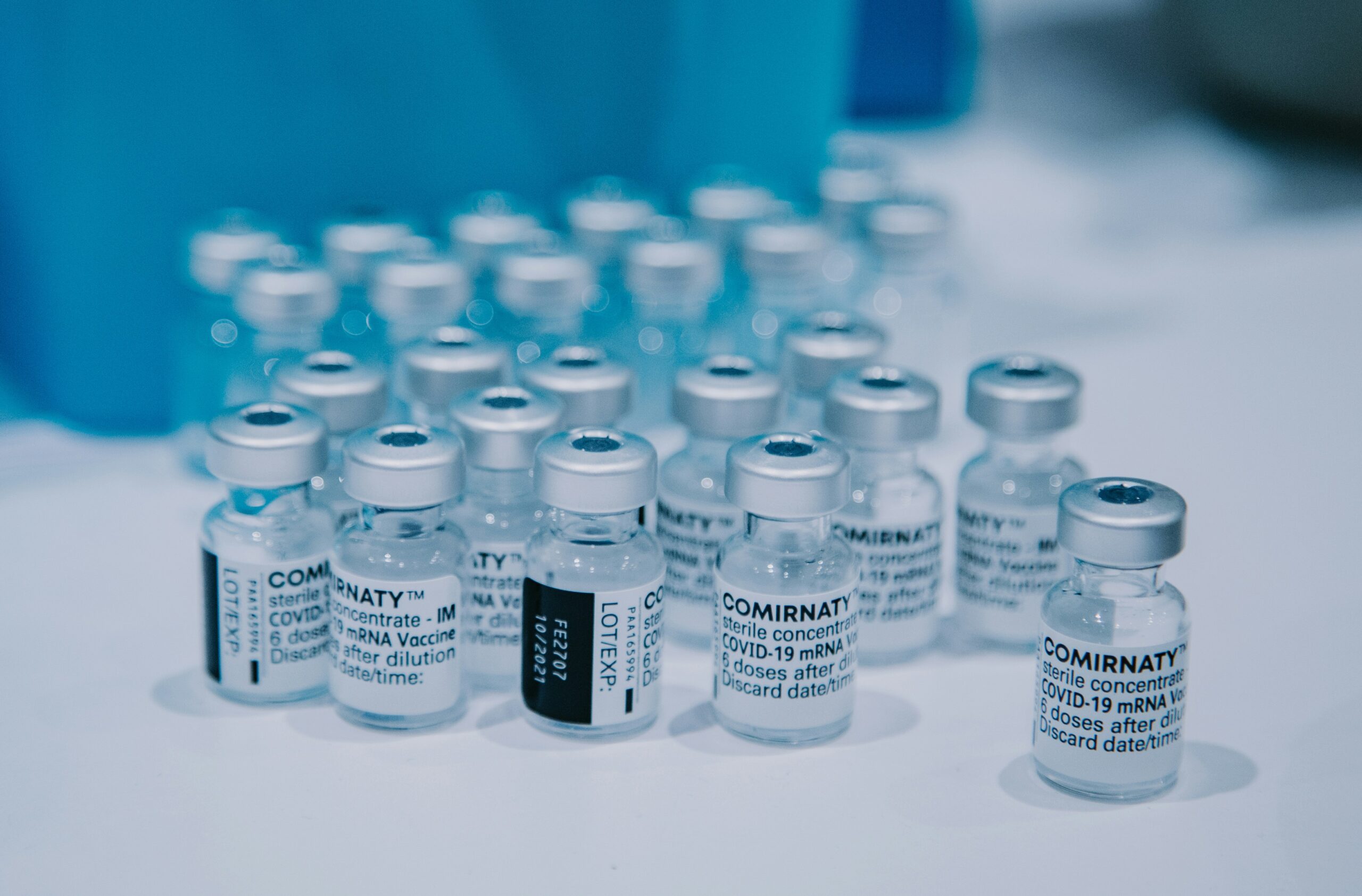Whether you like it or not, everyone thinks the CEO is responsible and accountable for the organisations strategy. Our research shows reality is a bit more nuanced than that (with Boards, SMT and the wider organisation contributing). But it can certainly feel lonely and isolated at the top and in the hot seat.
So what to really focus on? What’s a great starting point for critical KPIs that can be built and tracked as part of any strategy? Let’s take a look at some of your Strategic KPIs / Strategic Metrics options relevant to any CEO.
| Financial KPIs | Target Type | Rationale |
|---|---|---|
| Revenue Growth Rate | Increase to | Higher growth indicates business expansion and market success. |
| Gross Profit Margin | Stay above | Maintaining a healthy margin ensures profitability while controlling costs. |
| Net Profit Margin | Stay above | Consistently high profit margins reflect strong financial management. |
| EBITDA | Increase to | Higher EBITDA indicates strong operational performance and cash flow. |
| Return on Investment (ROI) | Increase to | Maximizing ROI ensures efficient capital allocation. |
| Return on Assets (ROA) | Increase to | Higher ROA means more efficient asset utilization. |
| Return on Equity (ROE) | Increase to | Indicates strong returns for shareholders. |
| Operating Cash Flow | Increase to | Positive cash flow ensures liquidity and financial stability. |
| Debt-to-Equity Ratio | Stay below | A lower ratio reduces financial risk and ensures sustainability. |
| Burn Rate (for Startups) | Decrease to | Lower burn rate extends the runway for startups. |
| Operational KPIs | Target Type | Rationale |
|---|---|---|
| Customer Acquisition Cost (CAC) | Decrease to | Lower costs make customer acquisition more efficient and sustainable. |
| Customer Lifetime Value (CLV) | Increase to | Higher CLV means customers generate more long-term revenue. |
| Revenue Per Employee | Increase to | Indicates efficiency and productivity per employee. |
| Operating Expense Ratio | Stay below | Lower ratios indicate cost efficiency. |
| Sales Pipeline Conversion Rate | Increase to | A higher rate reflects better sales effectiveness. |
| Inventory Turnover Ratio | Increase to | Faster turnover indicates efficient inventory management. |
| Order Fulfillment Cycle Time | Decrease to | Faster fulfillment improves customer satisfaction. |
| Supply Chain Efficiency | Increase to | Better efficiency reduces costs and improves service levels. |
| Cost per Unit Produced | Decrease to | Lower costs improve margins and competitiveness. |
| Time to Market | Decrease to | Faster market entry increases competitive advantage. |
| Customer Retention Rate | Increase to | Higher retention means strong customer loyalty. |
| Customer Churn Rate | Decrease to | Lower churn ensures long-term revenue stability. |
| Net Promoter Score (NPS) | Increase to | A higher NPS reflects better customer satisfaction and loyalty. |
| Customer Satisfaction Score (CSAT) | Increase to | Higher CSAT means improved customer experience. |
| Brand Awareness Index | Increase to | Greater brand recognition leads to more opportunities. |
| Market Share Growth | Increase to | More market share means competitive dominance. |
| New Market Penetration Rate | Increase to | Expanding into new markets drives growth. |
| Lead-to-Customer Conversion Rate | Increase to | Higher conversion rates mean better marketing effectiveness. |
| Social Media Engagement Rate | Increase to | More engagement indicates stronger brand presence. |
| Customer Support Resolution Time | Decrease to | Faster resolutions improve customer experience. |
| Employee and Culture KPIs | Target Type | Rationale |
|---|---|---|
| Employee Satisfaction Index | Increase to | Satisfied employees contribute to better performance. |
| Employee Retention Rate | Stay above | High retention reduces hiring costs and keeps knowledge within the company. |
| Time to Hire | Decrease to | Faster hiring helps in scaling business quickly. |
| Diversity and Inclusion Score | Increase to | A more inclusive workplace enhances company culture and innovation. |
| Employee Productivity Rate | Increase to | Higher productivity boosts overall efficiency. |
| Training and Development Participation Rate | Increase to | More training leads to better-skilled employees. |
| Workplace Safety Incidents | Decrease to | Fewer incidents improve employee well-being and compliance. |
| Innovation and Growth KPIs | Target | Rationale |
|---|---|---|
| R&D Spend as a Percentage of Revenue | Stay above | Consistent R&D investment drives innovation. |
| Product Development Cycle Time | Decrease to | Faster development leads to quicker product launches. |
| Number of New Patents Filed | Increase to | More patents indicate a focus on innovation. |
| Percentage of Revenue from New Products | Increase to | More revenue from new products ensures business evolution. |
| Technology Adoption Rate | Increase to | Faster adoption keeps the company ahead in the market. |
| Process Automation Rate | Increase to | More automation improves efficiency. |
| Data-Driven Decision Making Score | Increase to | Stronger use of data improves business decisions. |
| Sustainability Score | Increase to | A higher score reflects corporate responsibility and compliance. |
| IT System Uptime Percentage | Stay above | High uptime ensures seamless operations. |
| Cybersecurity Incident Rate | Decrease to | Fewer incidents indicate better security measures. |
If you’d like to download these in a spreadsheet format you could then use to set value and targets for a two or three year plan then take a look at our Top 50 KPIs for CEOs.
As we always say with our lists of KPIs, it’s best practice to not have too many metrics on your KPI Dashboards. KPIs are there to keep everyone focused on the most important aspects of performance that you need to get right. If you have too many, then you will be reducing the focus. So pick your winners, add them to your KPI Dashboards, and start tracking them.
Good luck with that strategy! 🎯










